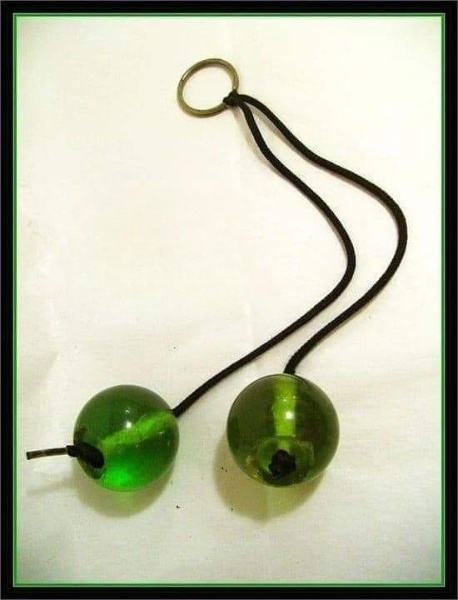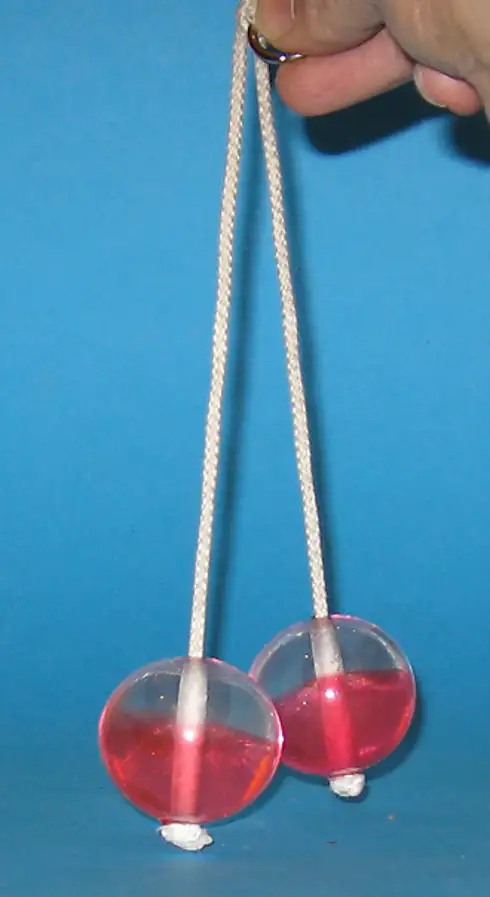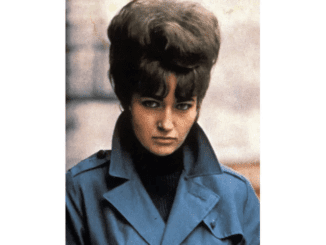Clackers, also known as click-clacks, ker-bangers, or latto-latto in Southeast Asia, were all the rage in the late 1960s and early 1970s. These noisy toys captivated children across the globe with their addictive, rhythmic “clacking” sound and simple design. But what started as a hand-eye coordination toy quickly turned controversial due to safety concerns. In this article, we’ll delve into the fascinating history, design, and cultural impact of Clackers, along with the reasons behind their eventual ban.

What Were Clackers? A Toy That Made Noise—Literally!
Clackers were essentially two solid balls, originally made of tempered glass or later hard plastic, connected by a sturdy string with a finger tab. Each ball measured about 2 inches (5 cm) in diameter. The player held the tab, swinging the balls apart and then back together with up-and-down hand motions, resulting in a loud clacking sound that gave the toy its name. With practice, users could make the balls collide both above and below their hand, creating rapid, rhythmic noise.
Their resemblance to the traditional Argentine weapon known as boleadoras, used by gauchos to capture animals, made Clackers not just a toy but a nod to cultural history. The objective was to master the art of clacking, an oddly satisfying task that was both challenging and entertaining.
The Rise of Clackers: From Novelty to Craze
In the late 1960s, Clackers burst onto the toy scene and quickly became a must-have for children. Their appeal was simple: they were easy to understand, hard to master, and made an undeniably fun noise. As more people discovered the joy of clacking, the toy became a global phenomenon, with millions sold by the early 1970s.
What made Clackers even more popular was their perceived benefit for improving hand-eye coordination. As kids learned to control the motion of the swinging balls, they gained precision and timing, making it seem like both a fun game and a skill-building exercise.
The Controversy: Safety Hazards and Shattered Dreams
While Clackers seemed harmless at first, it wasn’t long before safety concerns emerged. The original Clackers were made from tempered glass, which posed a significant risk. Under certain conditions, the glass spheres could shatter, turning the toy into a dangerous projectile. Imagine playing with a toy that could suddenly explode into shards—that’s exactly what made Clackers a nightmare for safety advocates.
By the early 1970s, manufacturers had switched to hard plastic spheres in an attempt to minimize the shattering risk. However, even the new design had its flaws. The plastic Clackers could still break under extreme force, leading to injuries. The Society for the Prevention of Blindness issued warnings, and growing concerns prompted the Food and Drug Administration (FDA) to step in.
Regulation and the Ban: The Fall of Clackers
In 1971, the FDA, responsible for toy safety at the time, established new safety standards for manufacturers. These regulations required rigorous testing and record-keeping, which significantly affected the production of Clackers. The toy industry faced mounting pressure to ensure safety, and Clackers were eventually pulled from the market as they were deemed too hazardous.
The Consumer Product Safety Commission (CPSC), established in 1973, further tightened safety standards for toys, marking the beginning of a more cautious approach to toy manufacturing in the U.S. Clackers became a symbol of this shift toward more stringent toy regulations, highlighting the growing awareness of child safety.
Clackers in Pop Culture: From Saturday Night Live to Parody
The popularity and eventual ban of Clackers became a cultural touchstone, symbolizing the peculiar toys of the 1970s. The toy was even parodied on “Saturday Night Live” by Dan Aykroyd, who played a sleazy toy executive named Irwin Mainway. In the sketch, Mainway defends unsafe toys like “Bag of Glass” in a satirical take on the toy industry’s cavalier approach to safety. This parody reflected a broader cultural sentiment about the shift toward safety-conscious parenting and regulations during that era.
Clackers were not just a toy—they were a cultural artifact that represented both the joys and dangers of childhood play in a different era. Their loud, rhythmic clacking noise became iconic, leaving an indelible mark on the memories of Baby Boomers and Generation X.

Clackers Today: A Safer Version of the Classic Toy
While the original Clackers were banned in many countries due to safety concerns, newer versions have emerged, made with safer, non-shattering materials. Modern Clackers are designed using soft, impact-resistant polymers that retain the satisfying clacking sound without the risk of shattering.
If you’re feeling nostalgic and want to relive the clacking craze, you can still find these safer versions of Clackers online or in specialty toy stores. While they may not be the exact same as the originals, they offer a safer way to experience the timeless fun of clacking.
Why Clackers Are Still Relevant: A Toy with Timeless Appeal
What made Clackers so captivating, despite their controversy? It’s simple: they embodied the essence of a good toy—easy to play, yet challenging to master. The joy of swinging the balls perfectly and achieving a fast, rhythmic clack is what made this toy irresistible. Even with the safety risks, Clackers remind us of a time when play was a bit more adventurous, unpredictable, and noisy.
Clackers also serve as a lesson in toy safety evolution. The toy industry’s transition from glass to plastic and eventually to safer materials reflects society’s broader focus on protecting children while preserving the fun of classic toys.
Conclusion: Clackers—A Nostalgic Journey into Toy History
Clackers may have had a controversial history, but they remain a fascinating piece of toy history. From their rapid rise to popularity, to the safety concerns that led to their ban, Clackers are a testament to both the joys and perils of childhood play in the 20th century. They were loud, fun, and undeniably risky—traits that defined the era.
Today’s safer versions keep the clacking spirit alive, allowing a new generation to experience the simple, rhythmic joy that captivated millions in the past. So, if you ever come across a pair of Clackers, take a moment to appreciate this noisy relic of pop culture and the history it represents.


